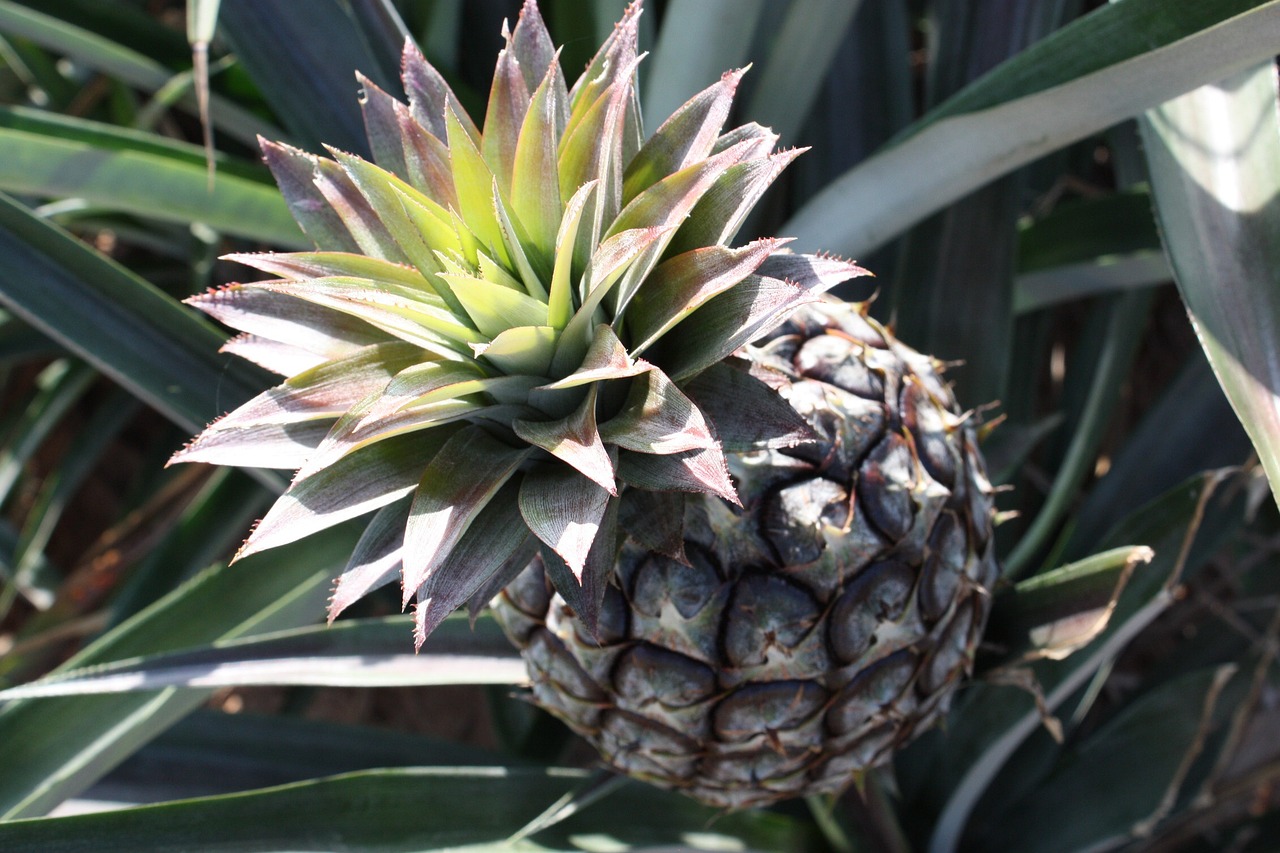From classic tales like Bram Stoker’s Dracula featuring the formidable vampire hunter Professor Abraham Van Helsing to modern anime sensation Demon Slayer: Kimetsu no Yaiba, ghost hunters and demon slayers occupy a significant place in fiction. Interestingly, similar figures are found in Chinese mythology, particularly the powerful Taoist deity called Zhong Kui (鍾馗; zung1 kwai4), renowned for his ability to eliminate ghosts and command an imposing legion of 80,000 demons. In this installment of our Chinese Mythology 101 series, we explore the legend and cultural impact of this “king of ghosts” (驅魔真君; keoi1 mo1 zan1 gwan1).
An Imposing Title
Zhong Kui is often met with unflattering nicknames reflective of his ghost-slaying prowess. His official title—”divine thundering exorcist and slayer of demons, king of bringing luck and prosperity” (翊聖雷霆驅魔辟邪鎮宅賜福帝君; jik6 sing3 leoi4 ting4 keoi1 mo1 pik1 ce4 zan3 zaak6 ci3 fuk1 dai3 gwan1)—is lengthy and foreboding, prompting many to refer to him simply as “king of demons” (鎮宅真君; zan3 zaak6 zan1 gwan1), “king of exorcists” (伏魔大帝; fuk6 mo1 daai6 dai3), or “master Zhong Kui” (鍾馗大師; zung1 kwai4 daai6 si1). Each title befits his role as a demon slayer.
Terrifying Appearance
True to his fearsome reputation, Zhong Kui strikes an intimidating figure, deterring even the most maleficent spirits. His iconic features include bulging, fish-like eyes, a square face, a small nose, and a wide mouth, complemented by a hunched back reminiscent of the character Quasimodo. His fearsome visage is completed by a long, dark beard and a ferocious expression capable of scaring anyone, be they alive or deceased. Despite his terrifying appearance, he traditionally wears modest attire. Earlier depictions show him in a plain blue garment with a simple cloth hat, while contemporary portrayals often feature him dressed in a red governor’s uniform and a futou (烏帽; wu1 mou6; a traditional black gauze cap). His accessories may vary across different artworks, ranging from a fan or book to a sword, symbolizing his demon-fighting capabilities. Additionally, he is frequently accompanied by five ghostly aides known as the “five ghosts of moving luck” (五鬼搬運; ng5 gwai2 bun1 wan6), who help him with various tasks.
Ambiguous Origins
As with many mythological figures, the origins of Zhong Kui are somewhat murky, with various theories posited. One theory suggests that the name Zhong Kui (終葵; zung1 kwai4) originated from an ancient demon-repelling tool used in the Shang dynasty, transforming from a mask into a hammer. Another perspective introduced by the Ming-dynasty herbalist Li Shizhen posits that Zhong Kui (仲葵; zung6 kwai4) stems from the name of a mushroom recognized for its medicinal properties during his era. The belief arose that mushrooms could combat disease-causing spirits, eventually leading to the myth of Zhong Kui as a demon-fighting spirit. Conversely, Ming scholar Lang Ying proposed that Zhong Kui was originally named Yao Xuan (堯暄; jiu4 hyun1), a historical governor associated with charm against evil, thus linking his name with the abilities to ward off malevolent forces.
A Tragic Backstory
Despite his fearsome title, Zhong Kui’s story is rooted in tragedy rather than triumph. According to legend, he was a scholar during the Tang dynasty whose appearance was deemed unattractive but whose intellect was remarkable. While en route to the capital for imperial examinations with his friend Du Ping, a fortune teller warned him of impending doom. Dismissing the prediction, Zhong Kui proceeded with the exams and emerged as the top scorer. However, he was soon stripped of his accolades when the emperor, shocked by his looks, refused to believe someone so disheveled could attain such success.
A Transformative Fate
Following his demise, Zhong Kui’s spirit encountered Yan Wang, the ruler of the underworld. Pitying the scholar’s unfortunate fate, the king opted to offer him a role in the afterlife instead. Thus, Zhong Kui became tasked with capturing demons and safeguarding mortals from evil entities. In a later revelation, he returned to the living world on the eve of Chinese New Year, offering his sister’s hand to his buddy in gratitude for helping him reclaim his body.
Gaining Notoriety
Another notable anecdote involves Emperor Xuanzong of the Tang dynasty, who, while seriously ill, dreamt of Zhong Kui who dispatched spirits in his dreams. Awakening from the dream healed, the emperor recognized this as a divine omen and commissioned a portrait of Zhong Kui to honor the demon slayer. This commissioned piece has impacted subsequent depictions of Zhong Kui in Chinese art and literature, even though the original has since been lost.
Language Influences
Zhong Kui’s cultural significance extends to the Chinese language, inspiring idioms and expressions that encapsulate his legend. For example, the phrase meaning “to pretend that a task necessitated great strength despite its simplicity” (打鬼借鍾馗; daa2 gwai2 ze3 zung1 kwai4) reflects his character. Additionally, expressions like “Zhong Kui as a kind-hearted individual despite an unattractive exterior” (鍾馗為人; zung1 kwai4 wai4 jan4) further solidify his influence. The term even inspired “ghost marriages” (鍾馗嫁妹; zung1 kwai4 gaa3 mui6) and idioms signifying “something so terrifying even ghosts avoid it” (鍾馗開飯店; zung1 kwai4 hoi1 faan6 dim3), humorously suggesting Zhong Kui runs a restaurant.
Rituals and Devotion
Zhong Kui’s worship persists as a means of warding off malevolence. Some regard him as a guardian deity whose image is affixed to home entrances, predominantly during Chinese New Year Eve to safeguard against ill fortune. The “dancing Zhong Kui” (跳鍾馗; tiu3 zung1 kwai4; “jumping Zhong Kui”) ritual in Taiwan features shamans impersonating the deity to enact performances believed to repel evil spirits. Although often solemnly performed during occasions linked to death, celebratory versions exist for inaugural events such as new temples or villages, aiming to attract good luck and mitigate misfortune.
With a rich history and fascinating narratives, Zhong Kui remains an enduring figure in Chinese folklore.



